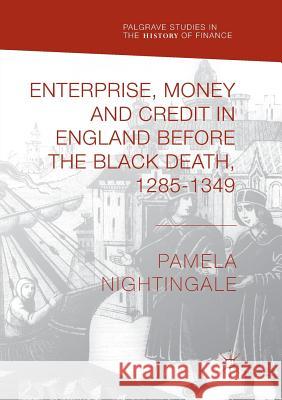Enterprise, Money and Credit in England Before the Black Death 1285-1349 » książka
topmenu
Enterprise, Money and Credit in England Before the Black Death 1285-1349
ISBN-13: 9783030079741 / Angielski / Miękka / 2019 / 382 str.
Enterprise, Money and Credit in England Before the Black Death 1285-1349
ISBN-13: 9783030079741 / Angielski / Miękka / 2019 / 382 str.
cena 509,31 zł
(netto: 485,06 VAT: 5%)
Najniższa cena z 30 dni: 501,19 zł
(netto: 485,06 VAT: 5%)
Najniższa cena z 30 dni: 501,19 zł
Termin realizacji zamówienia:
ok. 20 dni roboczych.
ok. 20 dni roboczych.
Darmowa dostawa!
Kategorie:
Kategorie BISAC:
Wydawca:
Palgrave MacMillan
Seria wydawnicza:
Język:
Angielski
ISBN-13:
9783030079741
Rok wydania:
2019
Wydanie:
Softcover Repri
Numer serii:
000470743
Ilość stron:
382
Waga:
0.47 kg
Wymiary:
21.01 x 14.81 x 2.08
Oprawa:
Miękka
Wolumenów:
01
Dodatkowe informacje:
Wydanie ilustrowane











